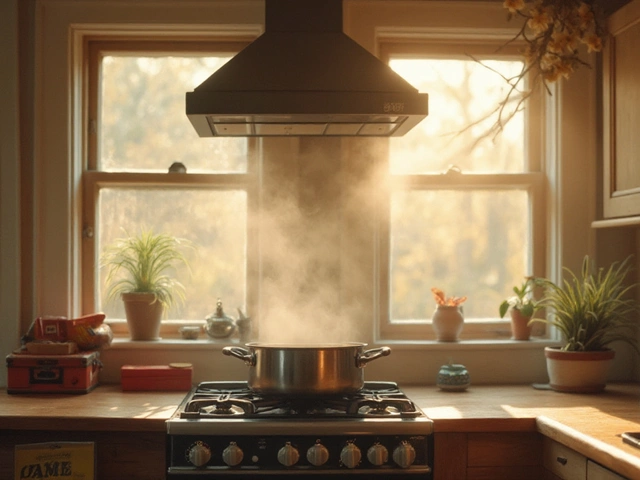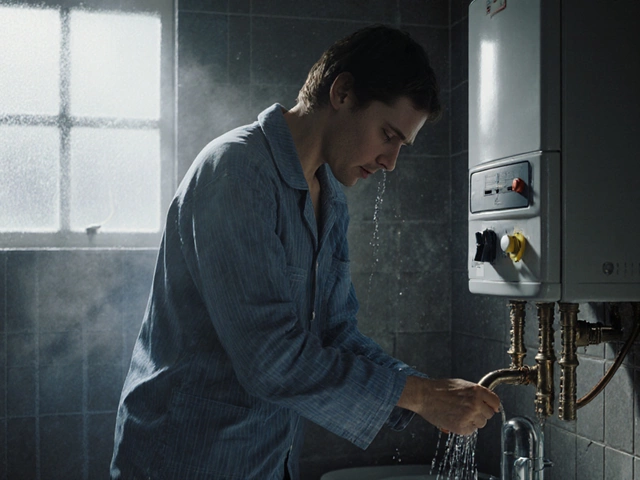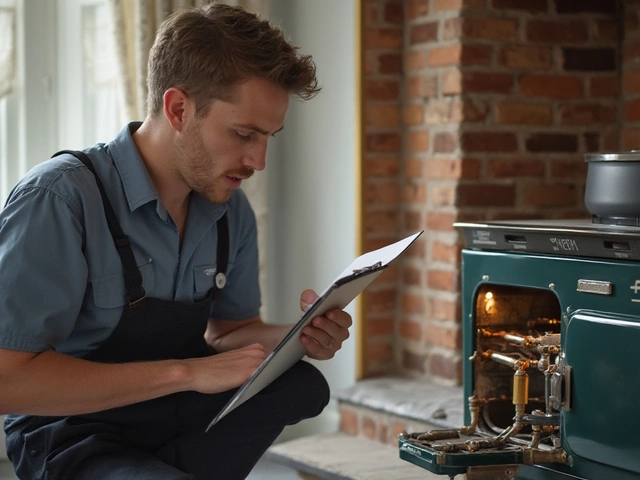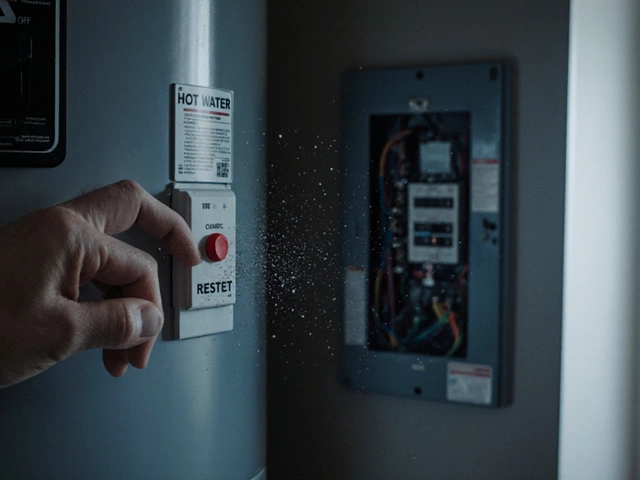Water Heater Check – Simple Steps to Spot Problems Early
Got a cold shower and wondering if your water heater is to blame? Before you call anyone, grab a flashlight and follow these quick checks. They take just a few minutes, cost nothing, and can tell you whether the issue is easy to fix or needs a professional.
How to Do a Quick Water Heater Check
1. Look at the pilot light (gas units) – If you have a gas heater, peek at the front panel. A steady blue flame means it’s lit. A yellow or flickering flame suggests dirty gas or a bad burner. If there’s no flame, try the reset button; many models have a red or black button near the bottom.
2. Test the thermostat – Most electric heaters have a dial or digital display. Set it to a mid‑range temperature (around 120°F/49°C). Turn the power on, wait a few minutes, then feel the water from a faucet. If it’s still cold, the thermostat might be faulty.
3. Check the power supply – For electric units, make sure the circuit breaker hasn’t tripped. Flip it off, wait a second, then flip it back on. A busted breaker is a common reason for no heat.
4. Inspect the pressure‑release valve – This safety valve sits on the top of the tank. Lift the little lever; water should gush out briefly. If it doesn’t, the valve could be stuck and needs replacement.
5. Look for leaks – Scan the base and connections for water pooling. A small drip can become a big problem fast, and it often means a faulty seal or a cracked tank.
6. Listen for strange noises – A rumbling or popping sound usually means sediment has built up at the bottom. Sediment makes the heater work harder and can shorten its life.
When to Call a Professional
If any of the steps above reveal a problem you can’t fix, it’s time to call a pro. Here are the red flags that mean you shouldn’t DIY:
- Repeated pilot light outages or strange flame colors.
- No hot water despite the thermostat being set correctly and power on.
- Water leaking from the tank itself – the whole unit may need replacement.
- Corrosion, rust, or a swollen tank.
- Persistent strange noises after flushing the tank.
Professional technicians can safely flush the tank, replace faulty parts, and test for gas leaks. They also know the local codes for gas and electrical work, which protects you from costly mistakes.
Regular maintenance—flushing the tank once a year and checking the anode rod—keeps your heater efficient and extends its life. If you’re not comfortable doing that yourself, Rugby Appliance Repair Services can handle it for you. Our team knows the ins and outs of gas and electric water heaters, and we’re just a call away for same‑day service.
Bottom line: a quick visual and tactile check can save you time and money. If the heater passes the basic tests, schedule a yearly maintenance visit. If it fails, don’t wait—cold showers are a sign that something’s wrong, and a professional fix will keep your home comfy and safe.






